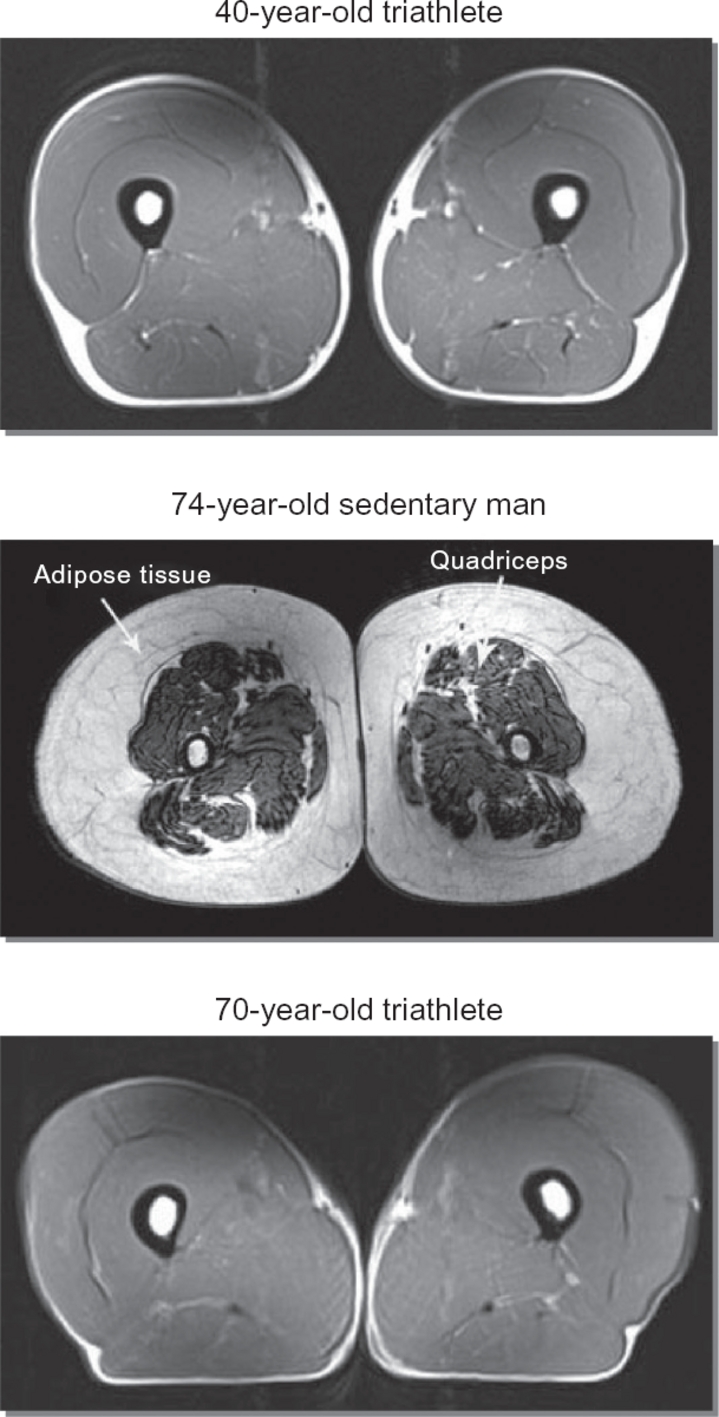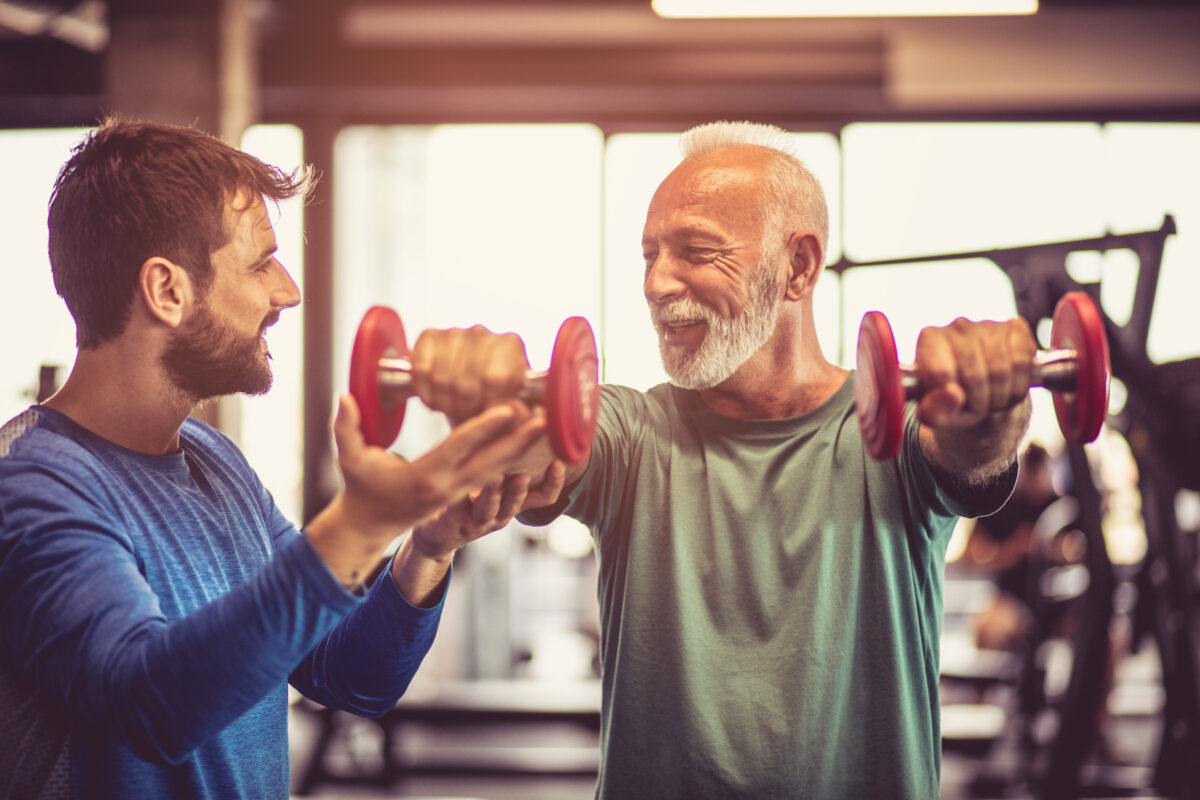I want to throw something at you. First though, exercise et al helps hold this loss of tissue at bay which is helpful.
However, I also think that we all need to use meditation in order to allow the other side to provide us with real working access to the INNER SUN. This floods our body with ample radiant energy and this radient energy allows our physical bodies to be restored to our prime. This happens to be the real reason to practise meditation.
I have not achieved this and may never do so, but I have seen the INNER SUN and it is my nature to understand its true importance. In the event, do learn to meditate and expect years of practise.
The INNER SUN allows you to appreciate the Greek ( Atlantean ) Pantheon and Yesua ( Jesus ) as advanced human beings.
Sarcopenia of Aging: Loss of Muscle Size and Strength
BY GABE MIRKIN
MAY 11, 2022
https://www.theepochtimes.com/sarcopenia-of-aging-loss-of-muscle-size-and-strength_4460573.html
Aging causes you to lose strength, no matter how much you exercise. Muscles are made up of hundreds of thousands of individual fibers, like a rope is made up of many strands. Each muscle fiber is innervated by a single motor nerve. With aging you lose motor nerves, and with each loss of a nerve, you also lose the corresponding muscle fiber that it innervates. Thus, for example, the vastus medialis muscle in the front of your thigh contains about 800,000 muscle fibers when you are 20, but by age 60, it probably has only about 250,000 fibers. However, after a muscle fiber loses its primary nerve, other nerves covering other fibers can move over to stimulate that fiber in addition to stimulating their own primary muscle fibers. A regular exercise program can help to slow the loss of muscle fibers and improve mobility [1].

After age 40, people lose an average of eight percent of their muscle size per decade and by age 70, the rate of muscle loss nearly doubles to 15 percent per decade, markedly increasing risk for disability and disease [2]. After age 65, up to 50 percent of North Americans suffer from sarcopenia that is significant enough to limit their daily activities [3]. The people who lose the most muscle are usually the ones who die earliest. They are also most at risk for falls and broken bones.
Sarcopenia Linked to Inflammation
Recent research suggests that one cause of sarcopenia may be inflammation. Older people who suffer from severe sarcopenia are far more likely to have high levels of the markers of inflammation, measured with blood tests such as CRP, SED rate and adiponectin. [4] Sarcopenia of aging is found with other conditions associated with inflammation, including:
• having excess body fat [5]
• eating a pro-inflammatory diet that raises blood sugar levels [6]
• being diabetic [7]
• having low vitamin D levels [8]
• not exercising
• having any chronic disease
Your immune system helps to heal wounds and to protect you from infections, but it is supposed to dampen down after an infection has passed or an injury has healed. If your immune system stays overactive, it can use the same cells and chemicals to attack your own tissues, which is called inflammation. It can punch holes in arteries to start forming plaques that can lead to heart attacks, it can damage the genetic material in cells to increase risk for cancers, and it can accelerate the loss of nerves to cause debilitating muscle weakness. An overactive immune system can cause muscle cells to break down through loss of energy-producing mitochondria and increased cell death [9].
If inflammation is a major cause of sarcopenia, treatment should include exercise, which decreases inflammation by dampening down your immune system. Competitive masters athletes, 40 to 80 years old, who train four to five times per week, lose far less muscle size or strength than their non-exercising peers [10]. Eighty-year-old men who still compete in sports have been found to have more muscle fibers than inactive younger men [11]. At this time the most effective way to decrease the rate at which you lose muscle size and function is to exercise regularly.
Inactivity Causes Rapid Loss of Muscle Size and Strength
If you inactivate a leg by putting it in a cast, you lose a significant amount of muscle size in just four days [12]. Prolonged periods of inactivity due to bed rest, injured nerves, casting or even decreasing the force of gravity cause loss of muscle tissue which leads to insulin resistance, higher blood sugar levels and increased risk for diabetes [13].
Muscles are made up primarily of two types of fibers: fast twitch fibers that primarily govern strength and speed, and slow twitch fibers that primarily govern endurance. Inactivity and aging both cause a far greater loss of the fast twitch muscle fibers that govern strength and speed [14], which explains why you lose strength and speed with aging long before you lose endurance.
My Recommendations
If you are not already doing strength-training exercise, first check with your doctor to make sure you do not have any condition that may be harmed by exercise. Then join a gym and ask for instructions on how to use the weight-training machines. You gain strength and increase muscle size by exercising intensely enough to damage the Z-lines in muscle fibers and when the Z-lines heal, the muscle is stronger and larger. You get z-line damage whether you lift and lower a heavy weight a few times or lift and lower a much lighter weight many more times. Resistance exercise can increase muscle size and strength in older people [15], but with aging you need to work much longer to gain the amount of strength that a younger person would get with the same program [16]. Since lifting lighter weights many times is less likely to cause injuries, I recommend lifting lighter weights with more repetitions. End the workout immediately if you feel severe pain or if you have pain that does not go away as soon as you stop lifting the weight.
Other anti-inflammatory lifestyle habits include:
• following an anti-inflammatory diet that includes lots of vegetables, nuts, beans, whole grains and other seeds, and restricts sugar- added foods, all sugared drinks, meat from mammals, processed meats and fried foods
• maintaining a healthful weight
• avoiding smoke and alcohol
• keeping blood levels of hydroxy vitamin D above 20 ng/mL
Republished from DrMirkin.com
References
[1] (Physiol Rev, Jan 1, 2019;99(1):427-511)
[2] (Am J Epidemiol, 1998;147(8):755-763; Nutr Rev, May 2003;61(5 Pt 1):157-67; Muscles Ligaments Tendons J, Oct-Dec, 2013;3(4):346-350).
[3] (J. Am. Geriatr. Soc, 2004;52:80-85).
[4] (Aging Clinical and Experimental Research, August 2017;29(4):745-752)
[5] (J Gerontology A Biol Sci Med Sci, 2011;66:888-895; Curr Gerontol Geriatr Res, 2012;2012:216185)
[6] (J Gerontology A Biol Sci Med Sci, Jan 2012;67A(1):74-81)
[7] (Med J Aust, 2016;205(7):329-333)
[8] (Molecular Aspects of Medicine, Dec 2008;29(6):407-4140)
[9] (Clin Calcium, 2017;27(1):45-52; Int J Mol Sci, Apr 12, 2010;11(4):1509-26).
[10] (The Physician and Sportsmedicine, October 2011;39(3):172-8)
[11] (Journal of Applied Physiology, March 24, 2016).
[12](Nutrition, Acta Physiol (Oxf), March 2014;210(3):628-41)
[13] (Med Hypotheses, 2007;69(2):310-21)
[14] (J Cell Mol Med, Sept 2009;13(9B):3032-50)
[15] (Med Sci Sports Exerc, 2011;43 (2):249-58)
[16] (Med Sci Sports Exerc, 2011;43(2):249-58)

No comments:
Post a Comment